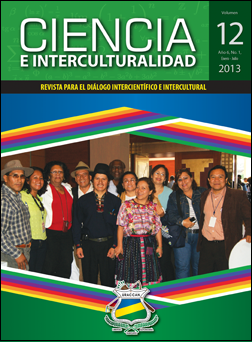Expressions of calculus in the Miskitu culture of Sandy Bay Sirpi community, South Atlantic Autonomous Region
DOI:
https://doi.org/10.5377/rci.v12i1.1213Keywords:
Calculus, knowledge, culture, ethnomathematics, interculturality, mathematicsAbstract
The purpose of this research was to contribute to the pertinence of teaching mathematics based on the expressions of calculus in the Miskitu culture of Sandy Bay Sirpi community. The methodology was qualitative ethnographic with a broad description of the main expressions of calculus in the Miskitu culture. The techniques and tools that were used corresponded to observation, profound interviews, focus groups and field notes, in order to systematize the different elements of everyday life and the cosmovision of the Miskitus of Sandy Bay Sirpi.
The main results have been classified into six fundamental and universal ethnomathematics activities of cultural groups, such as to count, locate, measure, design, play and explain. In counting, since ancient times, the Miskitu people have their own numbering in their language. Similarly, they perform measurements of length, mass and weight, using parts of the body (hands, feet, fingers), and materials such as wood crates. According to time measures: the sun, the lunar cycle and the Miskitu calendar are the main strategies of localization. On the other hand, for house constructions, canoes and others, different geometric shapes are used.
CIENCIA E INTERCULTURALIDAD, Volume 12, Year 6, No. 1, Jan-July, 2013; 8-20
Downloads
932
HTML (Español (España)) 412
EPUB (Español (España)) 170
Resumen (Audio) (Español (España)) 152
Abstract (Audio) 178
Downloads
Published
How to Cite
Issue
Section
License
Copyright © (URACCAN)

This journal is licensed under a Creative Commons Attribution-NonCommercial-NoDerivatives 4.0 International License.
This license allows others to download the works and share them with others, as long as their authorship is acknowledged, but they can not be changed in any way nor can they be used commercially.




